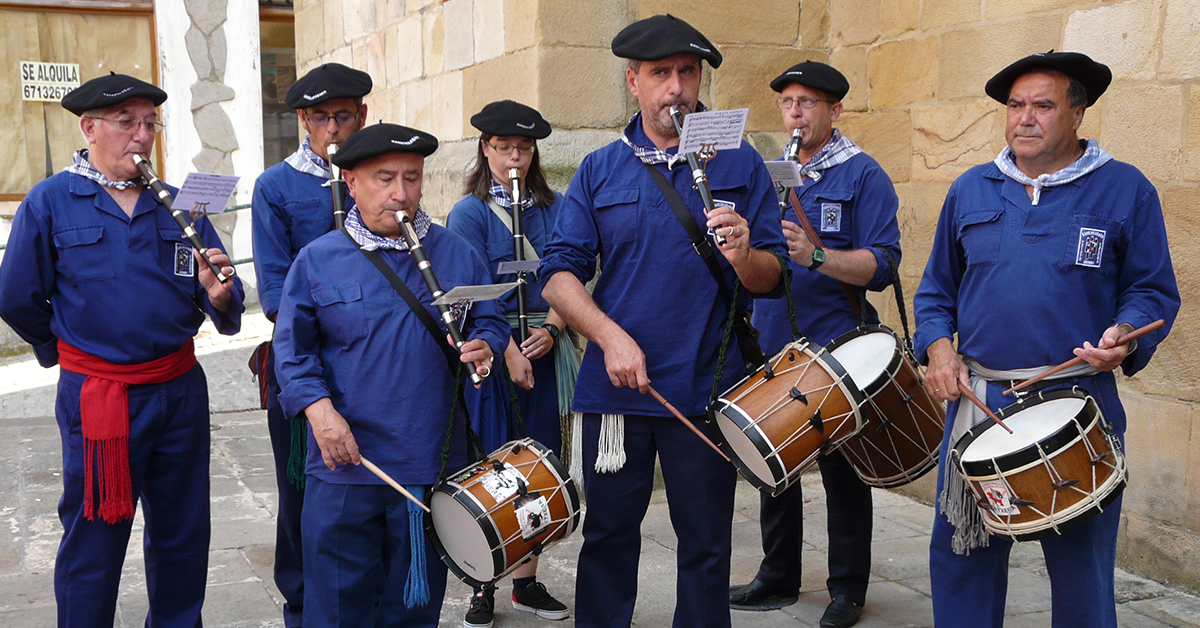Archives
The use of a hewn pipe seems to date back to prehistoric times, but it would be in the Middle Ages when a musical revolution occurred and when the melodic combination of the three-holed fipple flute and the rhythm of the tabor drum by the same player (jesters and minstrels) would develop and spread throughout Western Europe (Italy, France, Spain, Portugal and even be taken to The Americas). In the 16th century, the jesters and minstrels taught courtly dances and livened up tournaments or the social events of the nobility. Those unwonted scenes inspired the popular classes to adopt that figure in their civil and religious celebrations, festivities, processions, pilgrimages, ceremonies where the entertainment was provided by peddlers. Paradoxically, there were all known by the same widely used name of “taborers” (danbolin). In around the 18th century, given their musical development and evolution in courtly and plebeian settings, a bitter struggle broke out between those who could and those who could not read music (in their search for fame and fortune from their performances).



